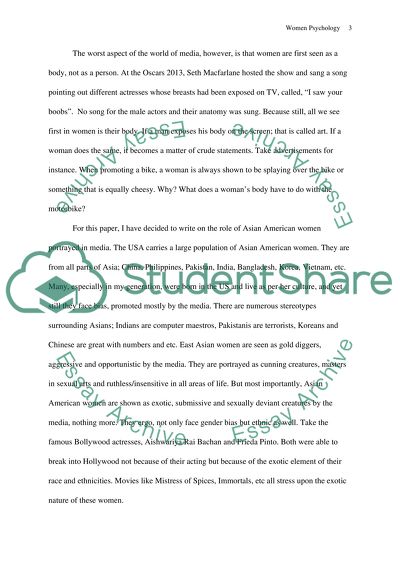Cite this document
(“Women Psychology: How a minority group of girls/women are portrayed in Essay”, n.d.)
Women Psychology: How a minority group of girls/women are portrayed in Essay. Retrieved from https://studentshare.org/psychology/1470032-women-psychology-how-a-minority-group-of-girls
Women Psychology: How a minority group of girls/women are portrayed in Essay. Retrieved from https://studentshare.org/psychology/1470032-women-psychology-how-a-minority-group-of-girls
(Women Psychology: How a Minority Group of girls/Women Are Portrayed in Essay)
Women Psychology: How a Minority Group of girls/Women Are Portrayed in Essay. https://studentshare.org/psychology/1470032-women-psychology-how-a-minority-group-of-girls.
Women Psychology: How a Minority Group of girls/Women Are Portrayed in Essay. https://studentshare.org/psychology/1470032-women-psychology-how-a-minority-group-of-girls.
“Women Psychology: How a Minority Group of girls/Women Are Portrayed in Essay”, n.d. https://studentshare.org/psychology/1470032-women-psychology-how-a-minority-group-of-girls.


